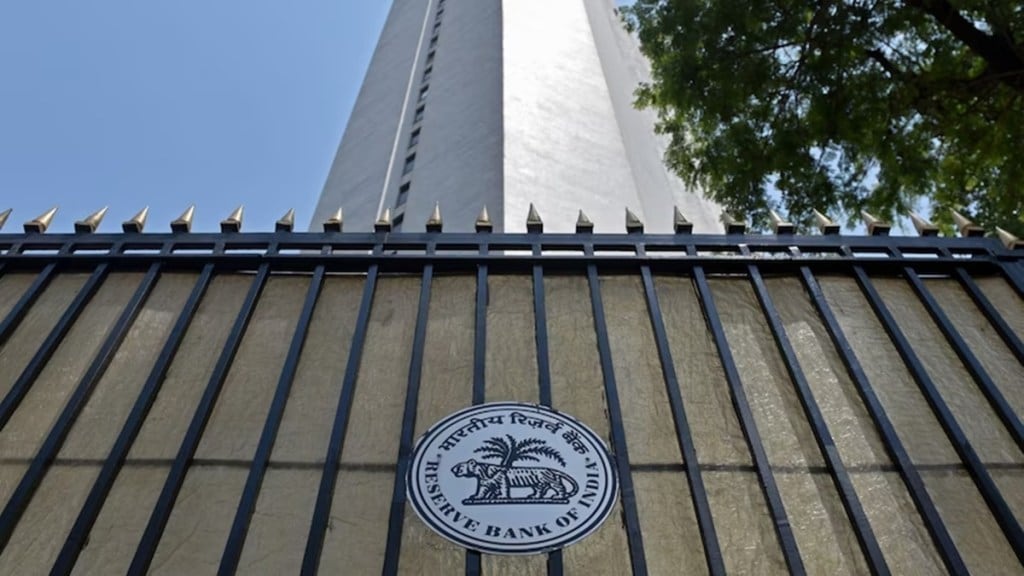The poor corporate results for the September quarter were signalling a loss of momentum in the economy driven by weak consumption demand, but even the most pessimistic of India’s economic observers didn’t imagine that the GDP growth for the second quarter of FY25 would be an anaemic 5.4%. It’s hard to tell whether this is just a temporary slowdown as urban demand isn’t showing signs of any meaningful pickup, though a good monsoon should help boost farm incomes and rural consumption. As many have pointed out, the heavy monsoon disrupted business in the September quarter. A proper analysis needs to be done of why exactly manufacturing grew at only 2.2% year-on-year (y-o-y) just ahead of the festive season when companies should actually have been cranking up production. There is no doubt a base effect, but one would have expected a better output. The big disappointments in the Q2 numbers lie in the trade, hotels, and transport segments which grew at just 6% y-o-y on a very weak base and in the financial services space which has little to do with the rains.
The consumption piece — accounting for 56% of the economy — grew at 6% y-o-y which is extremely disappointing given that this comes on top of 2.6% in the base quarter. This suggests most of the catch-up in spending after the pandemic is over and that consumers will now revert to spending on occasions. In fact spends during the festive season were just about in line with expectations. A 7% GDP growth this year now looks impossible even with a rebound in consumption in the second half on the back of the festive, holiday, and wedding seasons. For the economy to grow at even 6.5% in FY25, the GDP must grow at 7% in both Q3 and Q4. That might not have been so difficult except but for the unfavourable base factor for both quarters. The Centre is unlikely to be able to exhaust its capex outlay of Rs 11.1 lakh crore with just 46% having been spent by October.
Again, a study of 18 states showed that their capex was down 11.5% y-o-y in H1FY25. More importantly, investments by the private sector have not picked up much or are not broad-based so as to compensate for the slower government capex. The increase in the gross fixed capital formation in Q2 at 5.4% y-o-y is the slowest in six quarters, albeit on an unfavourable base. While it is unfair to expect the government to be always doing the heavy lifting, India Inc is justified in wanting visibility on demand.
The Reserve Bank of India, which has all along maintained that the economy is doing well, can no longer ignore the fact that there are several pressure points. It must cut interest rates to stimulate demand and infuse permanent liquidity to ensure credit flows pick up pace. Else, an unfriendly macroeconomic outlook, with global growth and trade expected to shrink following trade wars between the US and China, can further slow down growth. The already weak exports sector is now more vulnerable and could result in job losses. There’s little point in lowering inflation if job opportunities shrink and people cannot earn a living. The quest for sustainable growth could result in the economy falling into a rut. The central bank must act sooner rather than later.


